Japanese Snowball Care: Learn About Japanese Snowball Trees
Large Japanese snowball shrubs look like they could require a lot of maintenance, but caring for them is easy. With pure white flower clusters in spring, they're a favorite of pollinators.
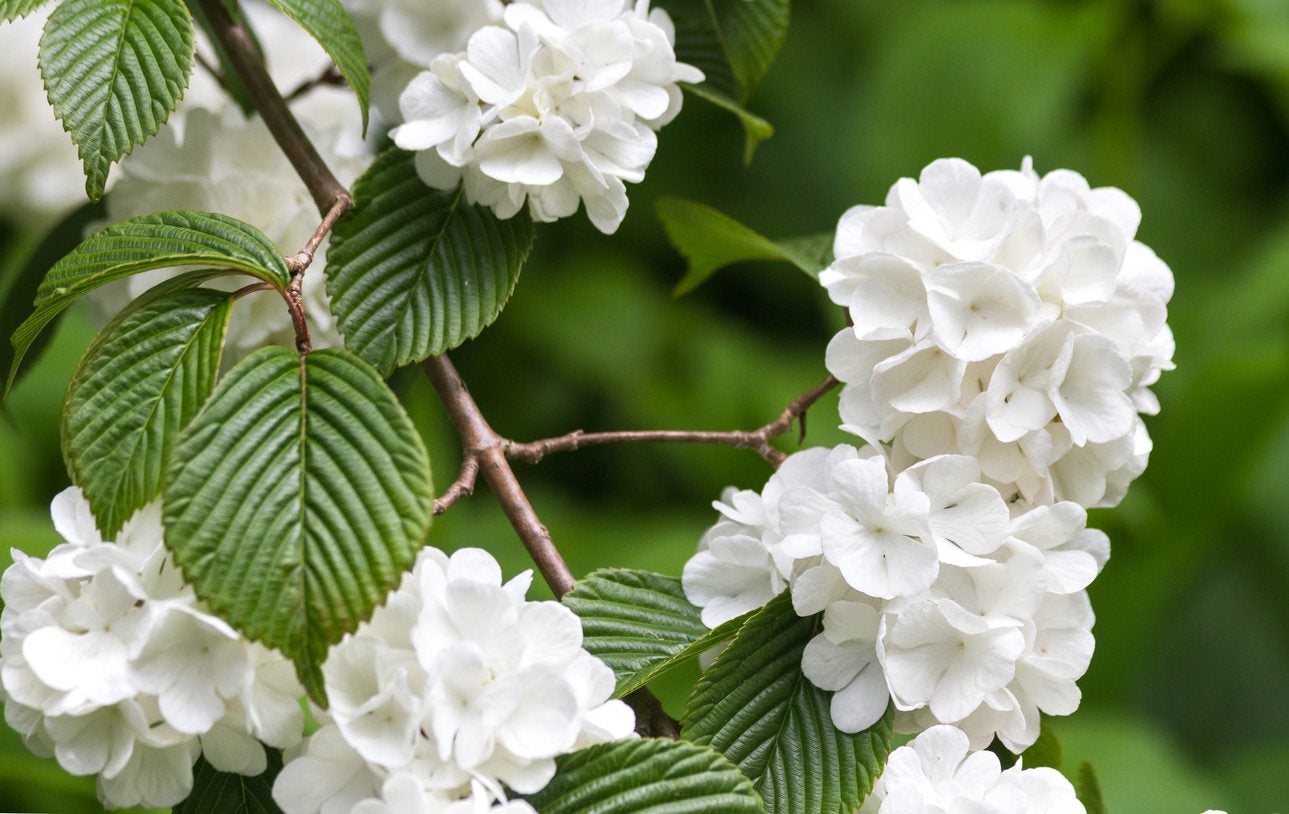

Amy Draiss
Japanese snowball trees (Viburnum plicatum) are likely to win a gardener’s heart with their lacy white globes of flower clusters hanging heavy on the branches in spring. These large shrubs look like they could require a lot of maintenance, but Japanese snowball care is really quite easy. Read on for more Japanese snowball information, including how to plant a Japanese snowball tree.
About Japanese Snowball Trees
Topping out at 15 feet (5 m.), Japanese snowball trees might better be termed shrubs. Japanese snowball shrubs grow in a range of 8 to 15 feet (2-5 m.) for mature height, and a little larger for mature spread.
Snowballs are upright, multi-stemmed shrubs. Japanese snowball trees flower heavily in spring. The pure white clusters appear in April and May, some reaching 4 inches (10 cm.) wide. The clusters include both showy, five petaled infertile flowers and small fertile flowers.
Butterflies enjoy visiting snowball trees' flowers. The fruits of the Japanese snowball ripen as summer wanes. The small oval fruits mature in late summer, turning from red to black.
Japanese snowball fruits are a source of food for wild birds. The rounded, green leaves of Japanese snowball trees are attractive and create dense foliage in summer. They turn yellow, red, or purple in fall, then drop, revealing the shrub’s interesting branching structure in winter.
How to Plant a Japanese Snowball Tree
If you want to learn how to plant a Japanese snowball tree, you’ll be happy to hear that it isn’t difficult. These shrubs thrive in U.S. Department of Agriculture plant hardiness zones 5 through 8, where they are extremely easy to grow.
Plant the seedlings in part shade or full sun in well-draining soil. They tolerate many different kinds of soil as long as the drainage is good, but they do best in moist, slightly acidic loam.
Gardening tips, videos, info and more delivered right to your inbox!
Sign up for the Gardening Know How newsletter today and receive a free copy of our e-book "How to Grow Delicious Tomatoes".
These plants are drought-tolerant once established. However, early Japanese snowball care includes generous irrigation for the first growing season.
Gardeners are happy to hear that Japanese snowball trees have no serious insect pests and are not subject to any serious diseases.

Teo Spengler is a master gardener and a docent at the San Francisco Botanical Garden, where she hosts public tours. She has studied horticulture and written about nature, trees, plants, and gardening for more than two decades. Her extended family includes some 30 houseplants and hundreds of outdoor plants, including 250 trees, which are her main passion. Spengler currently splits her life between San Francisco and the French Basque Country, though she was raised in Alaska, giving her experience of gardening in a range of climates.
- Amy DraissDigital Community Manager
-
 Looking For Plants To Give You The Soft And Fuzzies? Try These 5 Fuzzy Leaf Plant Options
Looking For Plants To Give You The Soft And Fuzzies? Try These 5 Fuzzy Leaf Plant OptionsLovers of texture, drama, silver foliage and tactile plants will adore these special sensory garden additions. These fuzzy leaf plant options will leave you all aglow
By Susan Albert
-
 Get Ready For A Summer Of Hummers! Grow These Full Sun Hummingbird Plants and Flowers
Get Ready For A Summer Of Hummers! Grow These Full Sun Hummingbird Plants and FlowersIf you’re lucky enough to enjoy a sunny backyard, make sure you are maxing out on your pollinator opportunities and grow these full sun hummingbird plants and flowers
By Tonya Barnett
-
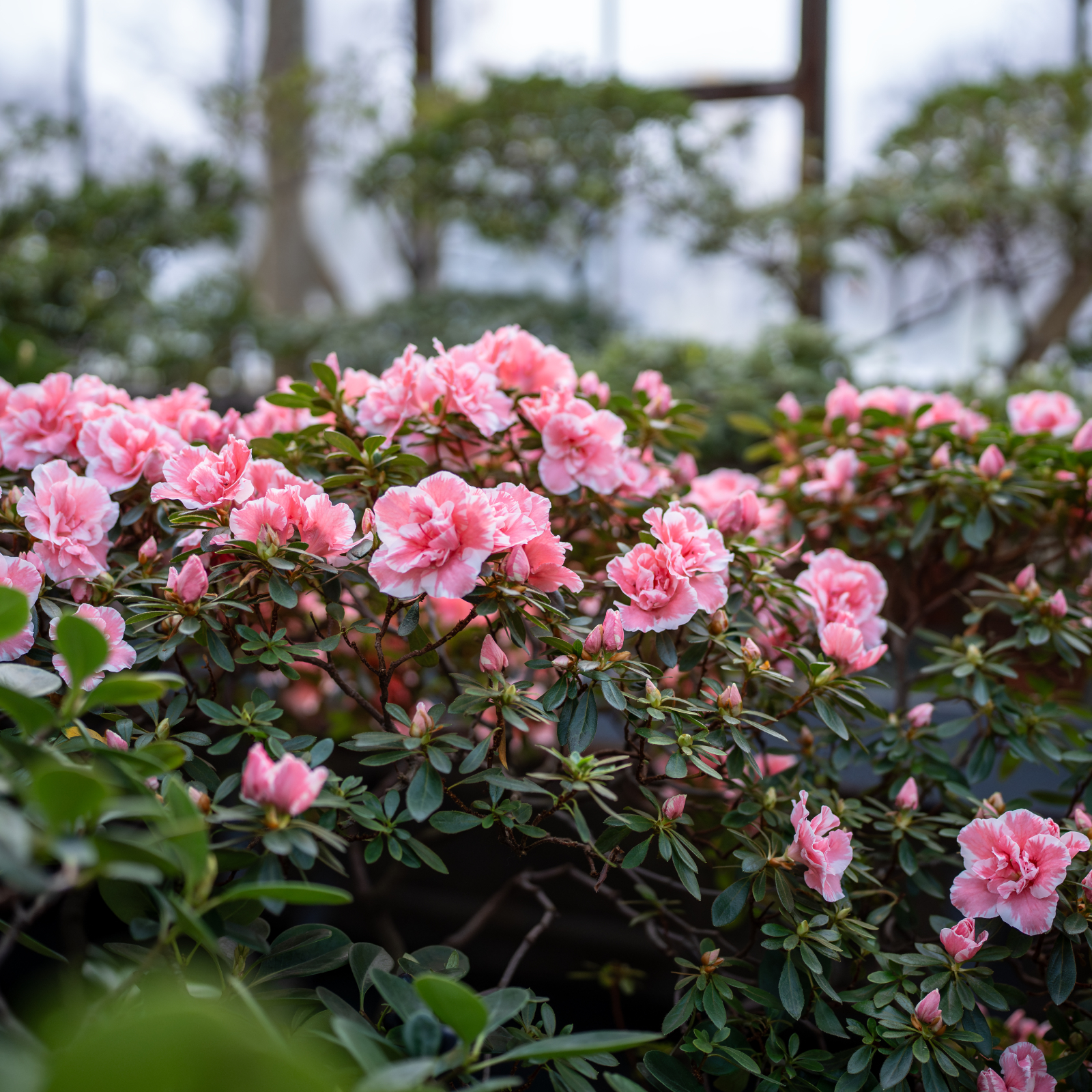 What Is The Size Of An Azalea? Explore Different Varieties That Will Suit Every Garden
What Is The Size Of An Azalea? Explore Different Varieties That Will Suit Every GardenThe size of azaleas can vary widely because they have been selectively bred for different landscape needs. Check out our picks for each size category.
By Mary Ellen Ellis
-
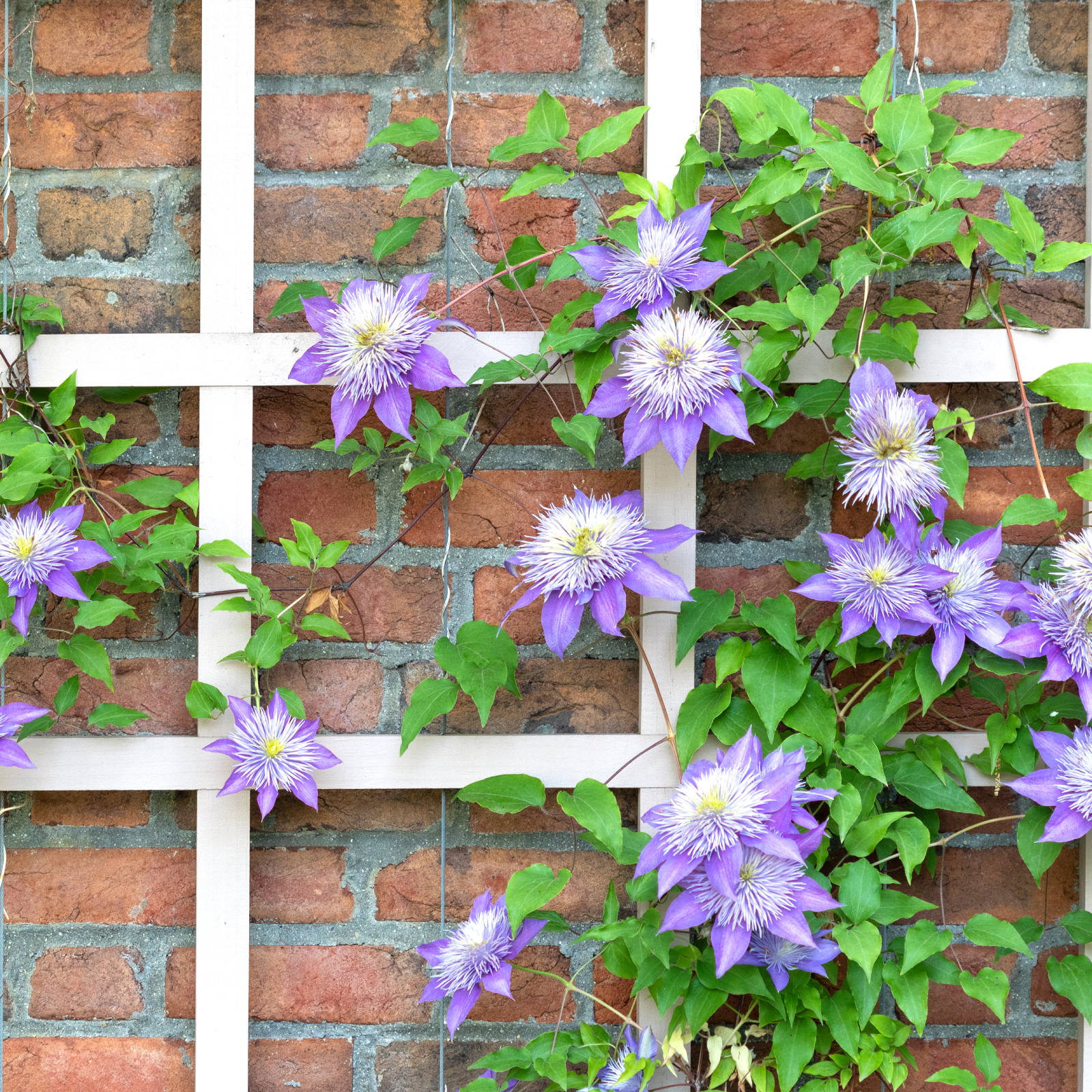 5 Fabulous Fast-Growing Vines – That Will Quickly Climb Any Arbor, Trellis, Or Fence
5 Fabulous Fast-Growing Vines – That Will Quickly Climb Any Arbor, Trellis, Or FenceThese fast growing vines are perfect for covering any eyesores in your yard or creating a living fence. They will provide great visual interest, as well.
By Amy Grant
-
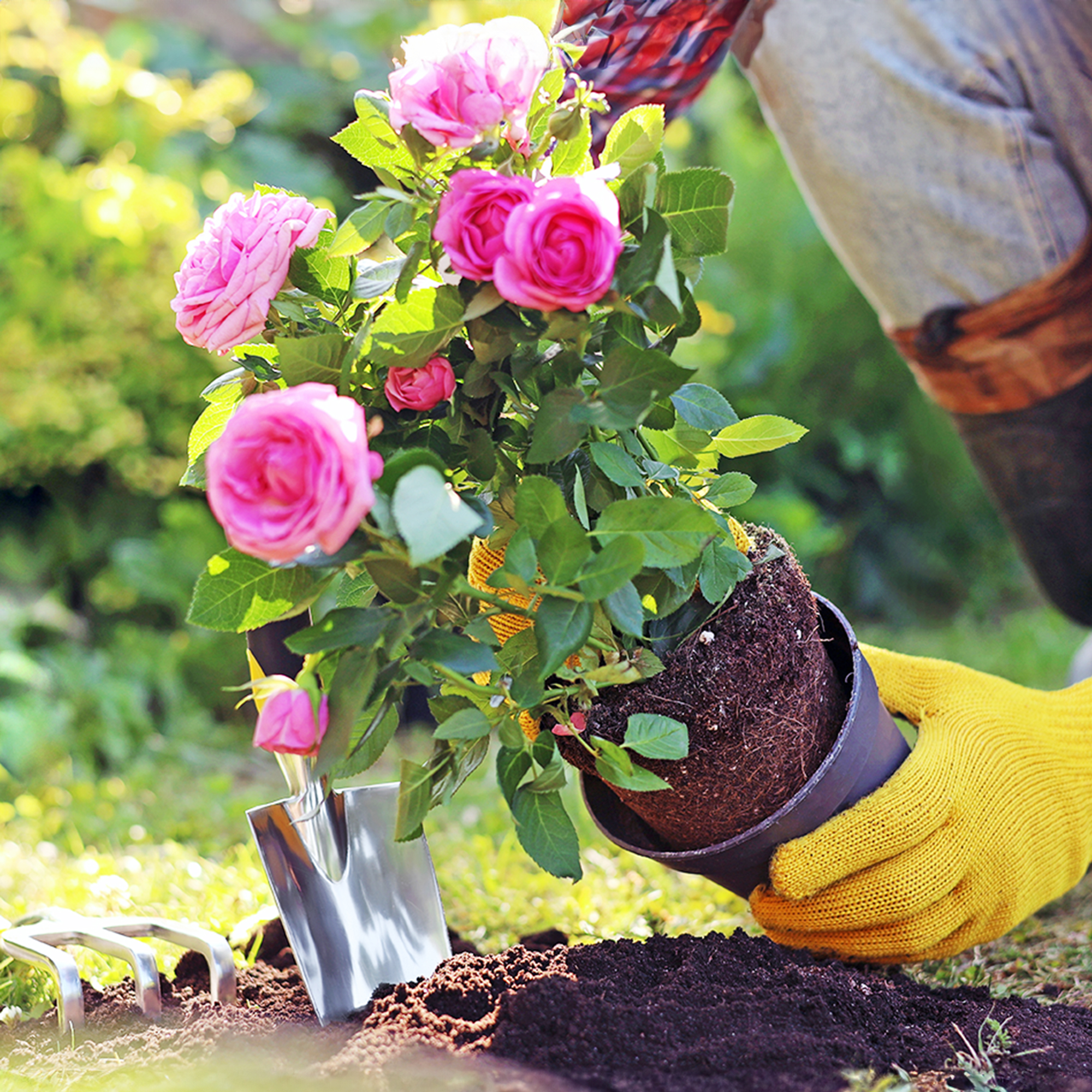 When To Plant Roses: The Best Time For Your Climate And Rose Type
When To Plant Roses: The Best Time For Your Climate And Rose TypePlant your roses at the right time and you will be rewarded with decades of glorious summer flowers – but get it wrong and you'll be crying over dead shrubs.
By Teo Spengler
-
 Spectacular Early Blooming Shrubs: 6 Sparkling Spring Flowering Bushes
Spectacular Early Blooming Shrubs: 6 Sparkling Spring Flowering BushesWant to kickstart your gardening year with dazzling spring flowering bushes for beds and borders? These unique early bloomers are sure to help you rise and shine!
By Teo Spengler
-
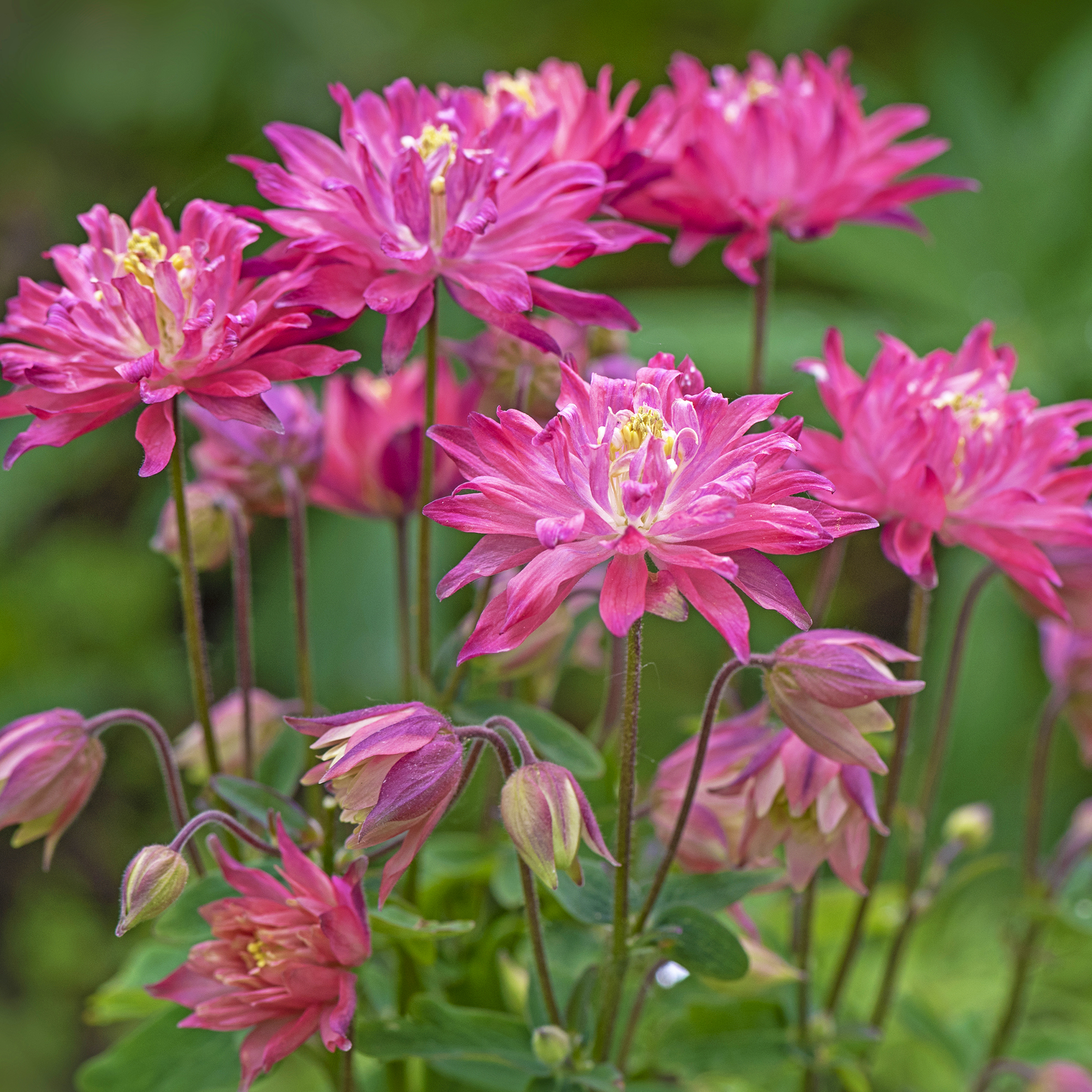 7 Shade-Loving Flowers To Start From Seed Now For A Stunning Summer Garden
7 Shade-Loving Flowers To Start From Seed Now For A Stunning Summer GardenTurn shady spots into vibrant new garden spaces with lovely and illuminating shade-loving flowers.
By Ellen Wells
-
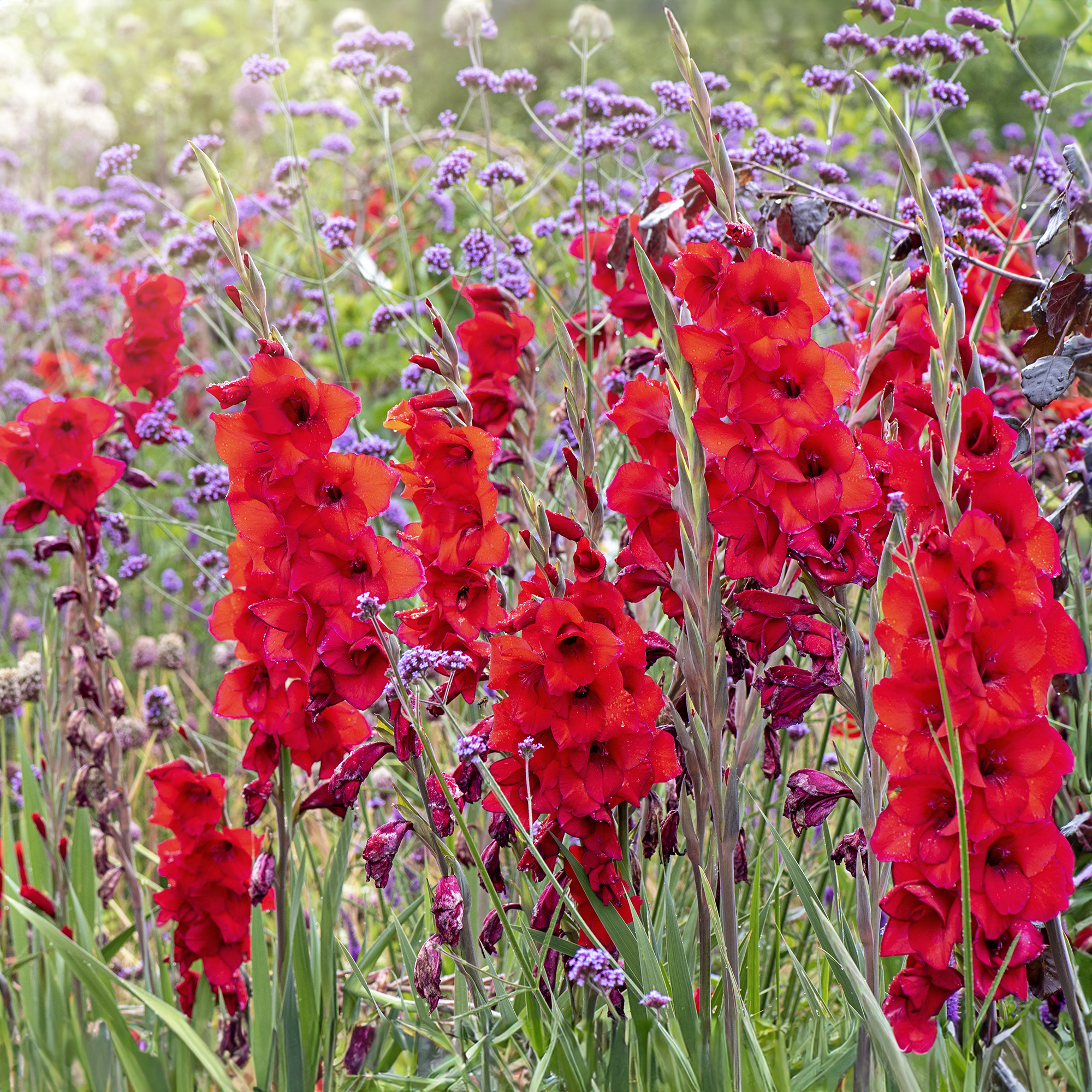 7 Summer-Blooming Bulbs To Plant In Early Spring: Don't Miss Months Of Glorious Flowers!
7 Summer-Blooming Bulbs To Plant In Early Spring: Don't Miss Months Of Glorious Flowers!Get a head start on stunning summer blooms with these easy-to-plant bulbs – act early and you will enjoy vibrant flowers that last for months on end.
By Mary Ellen Ellis
-
 Quick Fire Hydrangea – The Elegant, Easy-Care Shrub Every Gardener Needs In Their Landscape
Quick Fire Hydrangea – The Elegant, Easy-Care Shrub Every Gardener Needs In Their LandscapeIf you’re after an early flowering panicle hydrangea that offers plenty of floral variety, the Quick Fire hydrangea goes big on visual dynamics from early summer to fall
By Tonya Barnett
-
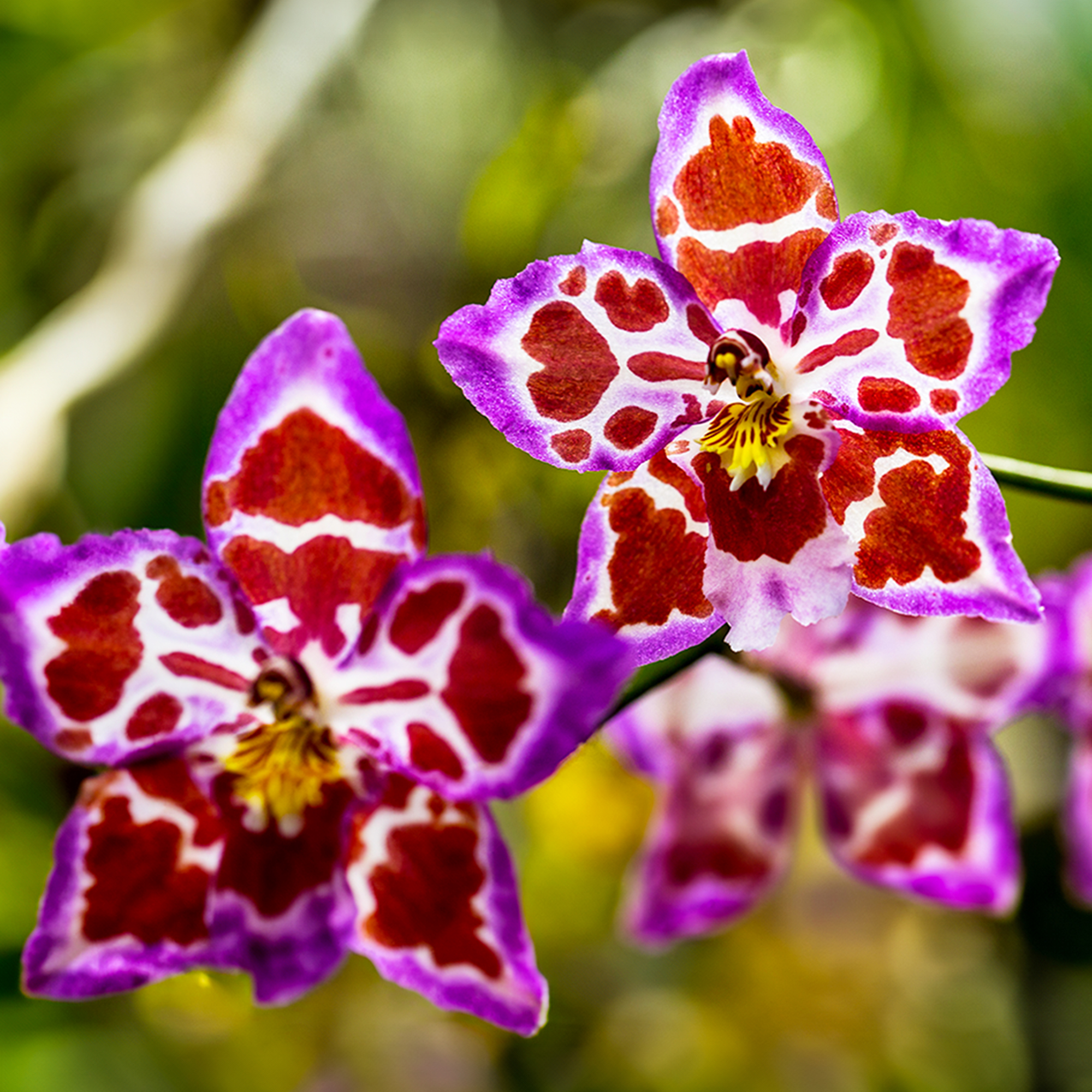 8 Rare Orchids That Make Stunning Houseplants – Some Are Surprisingly Easy To Grow
8 Rare Orchids That Make Stunning Houseplants – Some Are Surprisingly Easy To GrowDiscover unique orchids that will add exotic beauty to your home. Some make easygoing houseplants, while others offer a challenge for more seasoned growers.
By Melanie Griffiths